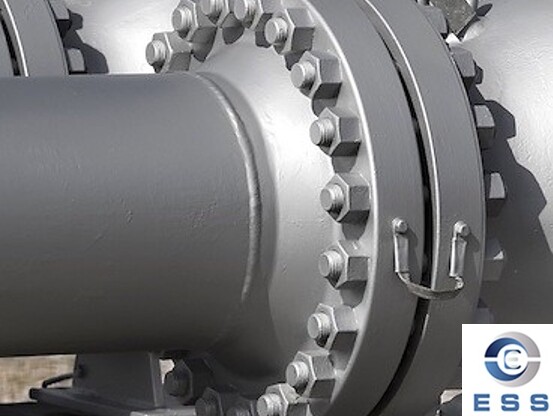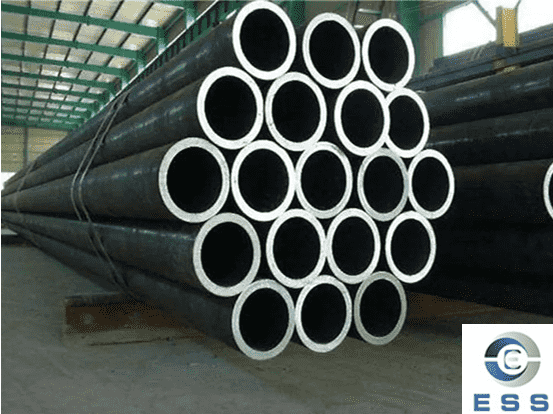
Choosing the right pipe flange requires considering factors such as pipe material, size and pressure. At the
same time, attention should be paid to details during installation and
maintenance to ensure the normal operation of the pipeline system.
Selection of pipe flange
1. Material selection
The material of the pipe flange needs to be
selected according to the chemical composition and properties of the pipeline conveying
medium. Currently, common materials include carbon steel, stainless steel,
lead, copper, nitrile rubber, PVC, etc. For corrosive media, stainless steel
flanges are generally selected; for high-temperature conveying media, flanges
made of high-temperature alloys are generally selected.
2. Size selection
The size of the pipe flange needs to be
selected according to the diameter of the pipeline. There are usually two types
of standard sizes and non-standard sizes. Standard sizes are generally selected
according to international standards or national standards, while non-standard
sizes need to be produced and customized according to the actual size of the
pipeline.
3. Pressure level selection
The pressure level of the pipe flange needs
to be selected according to the pressure level of the pipeline system.
Generally, the corresponding pressure level is selected according to the
working pressure and temperature of the pipeline. The general pressure levels
are PN0.25, PN0.6, PN1.0, PN1.6, PN2.5, PN4.0, PN6.3, PN10, PN16, PN25, PN40,
etc.
Installation of pipe flanges
1. Preparation before installation
Before installation, the flanges, gaskets,
bolts, etc. need to be checked and cleaned to prevent debris and dust from
affecting the installation quality. At the same time, it is necessary to check
whether the pipe length, diameter and elbow meet the design requirements, and
check whether the flange bolt hole position is correct.
2. Flange connection
Align the flange with the pipe
installation, check whether the flange gap is uniform, and tighten the bolts
using the diagonal method. When tightening the bolts, each bolt needs to be
tightened alternately in circles, and be careful not to overtighten or
over-loosen to avoid affecting the service life of the flange.
3. Pressure test
After installation, a pressure test is
required to check the quality of the pipe flange connection. Generally, a water
pressure test is used. The test pressure should be 1.5 times the maximum
working pressure of the pipeline system, and the test time should be more than
10 minutes.
Maintenance of pipe flanges
1. Regular inspection
For pipe flanges, it is necessary to
regularly check whether the fastening bolts of the flange connection are loose
and whether the sealing gasket is aging. If any problems are found, they need
to be replaced in time. In addition, it is also necessary to check whether the
anti-corrosion layer of the pipeline is intact, and any damage needs to be
repaired in time.
2. Pay attention to the pipeline medium
The nature and temperature of the pipeline
medium will affect the service life of the flange. For pipelines with corrosive
media, anti-corrosion treatment is required, and for high-temperature
pipelines, high-temperature resistant materials need to be selected.
3. Avoid mechanical impact
During use, the pipe flange needs to avoid
mechanical impact and excessive vibration, etc., to avoid damage and aging of
the pipe flange.
Conclusion
Pipe flanges are an important connection
method in the pipeline system. Understanding the factors that need to be
considered in the selection of pipe flanges will help to select suitable pipe
flanges from the products of flange supplier.
At the same time, you should not relax after the purchase is completed. Correct
installation and maintenance can extend the service life of the flange and
ensure the normal operation of the pipeline system.













 Eastern Steel Manufacturing Co.,Ltd not only improve product production and sales services, but also provide additional value-added services. As long as you need, we can complete your specific needs together.
Eastern Steel Manufacturing Co.,Ltd not only improve product production and sales services, but also provide additional value-added services. As long as you need, we can complete your specific needs together.










